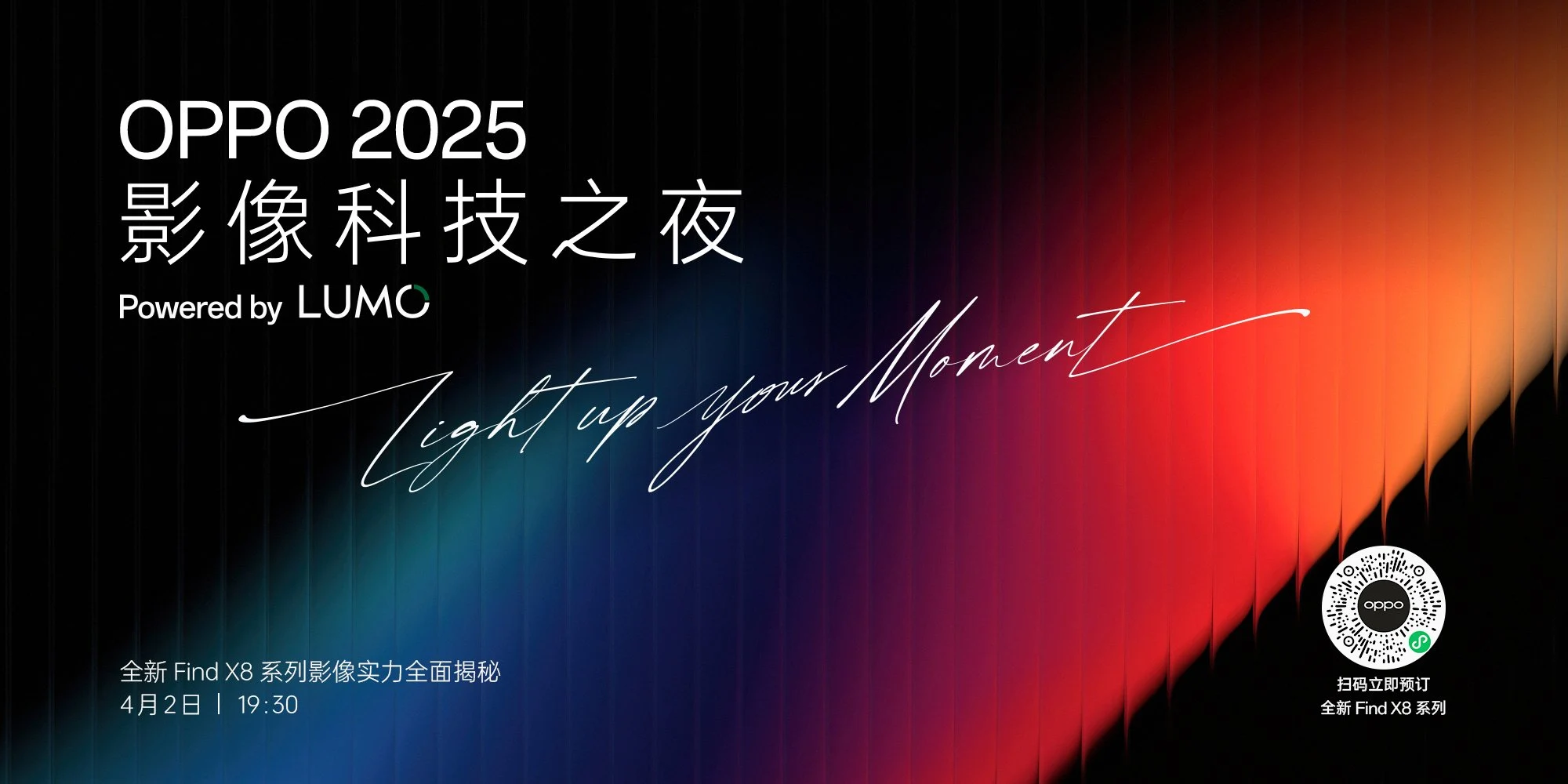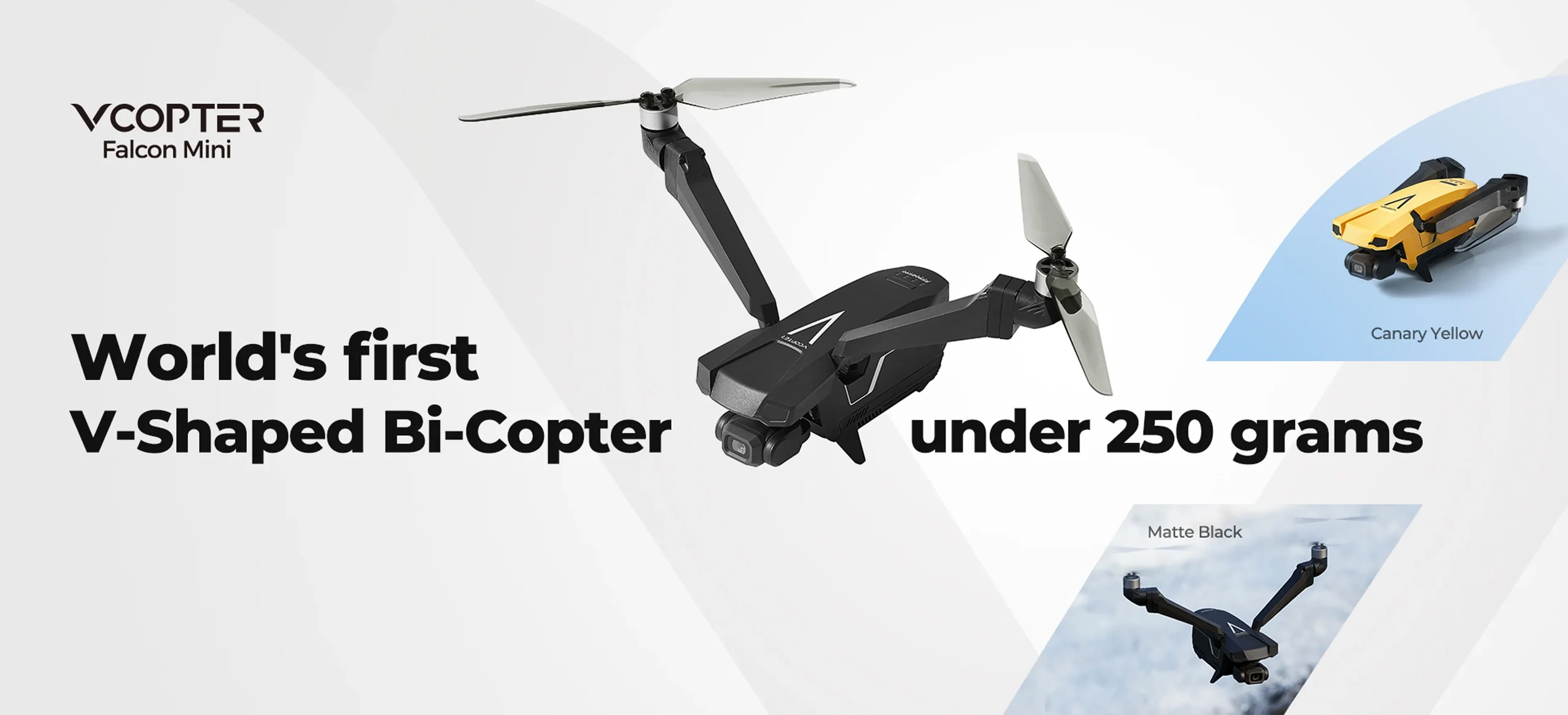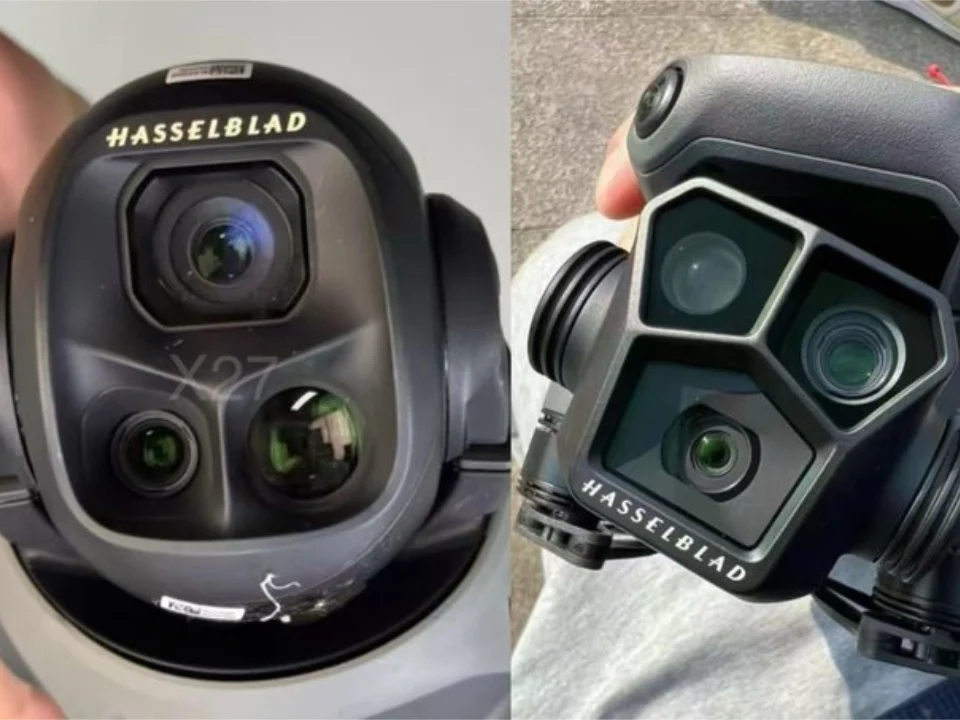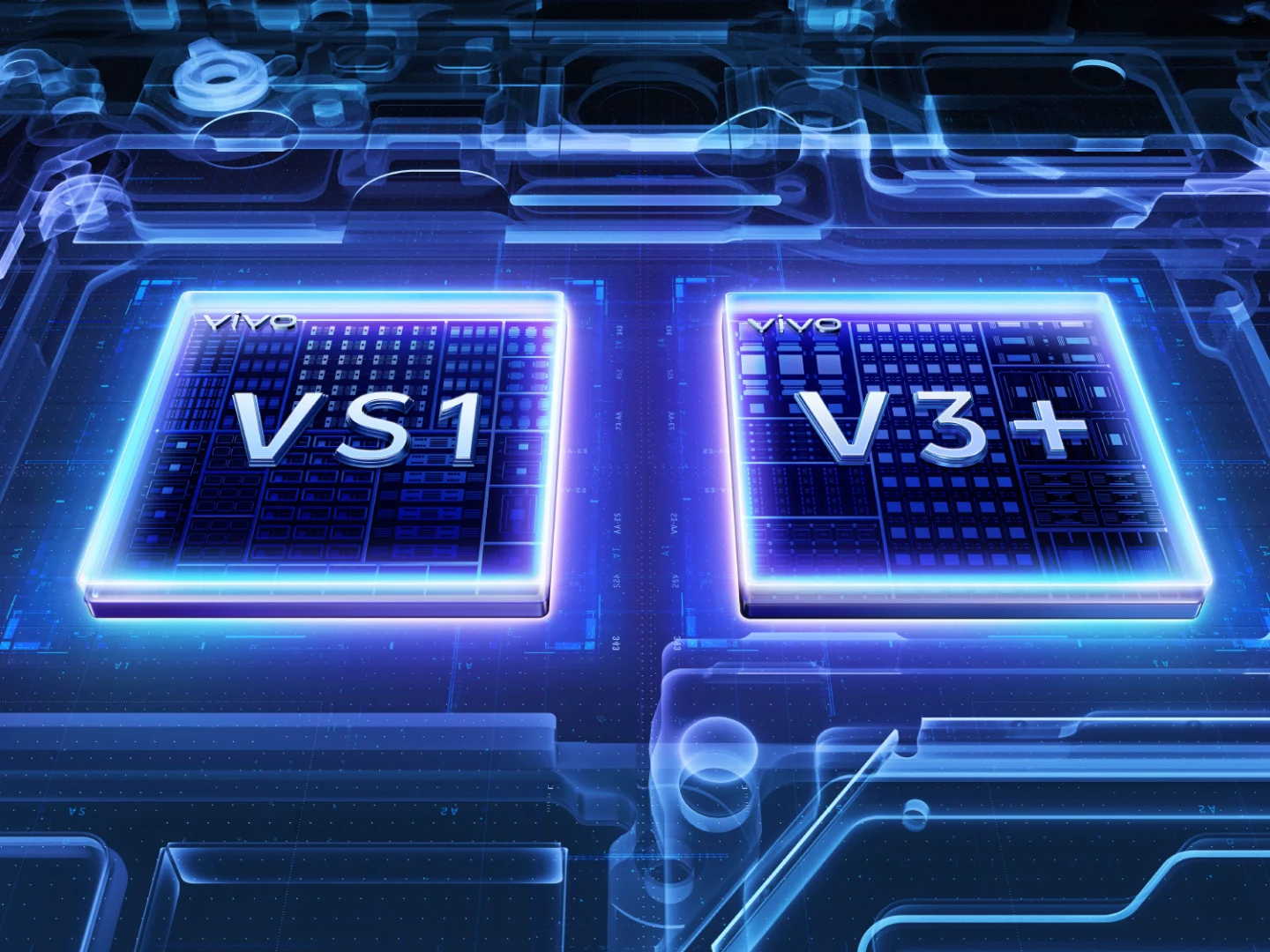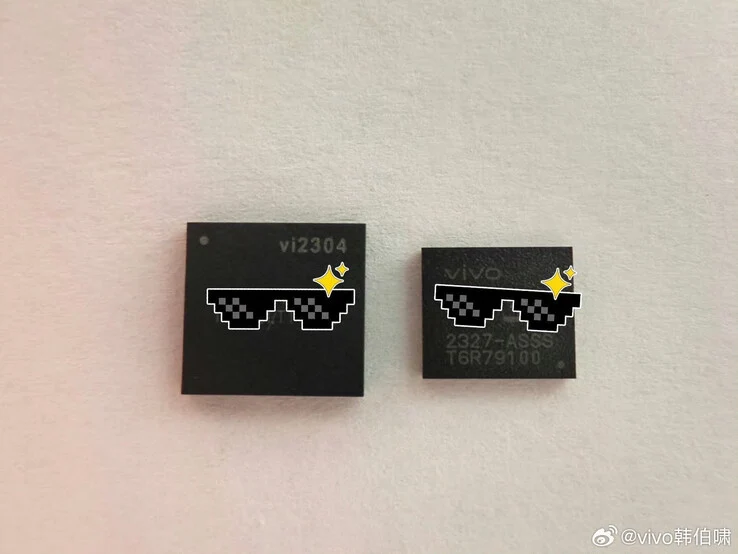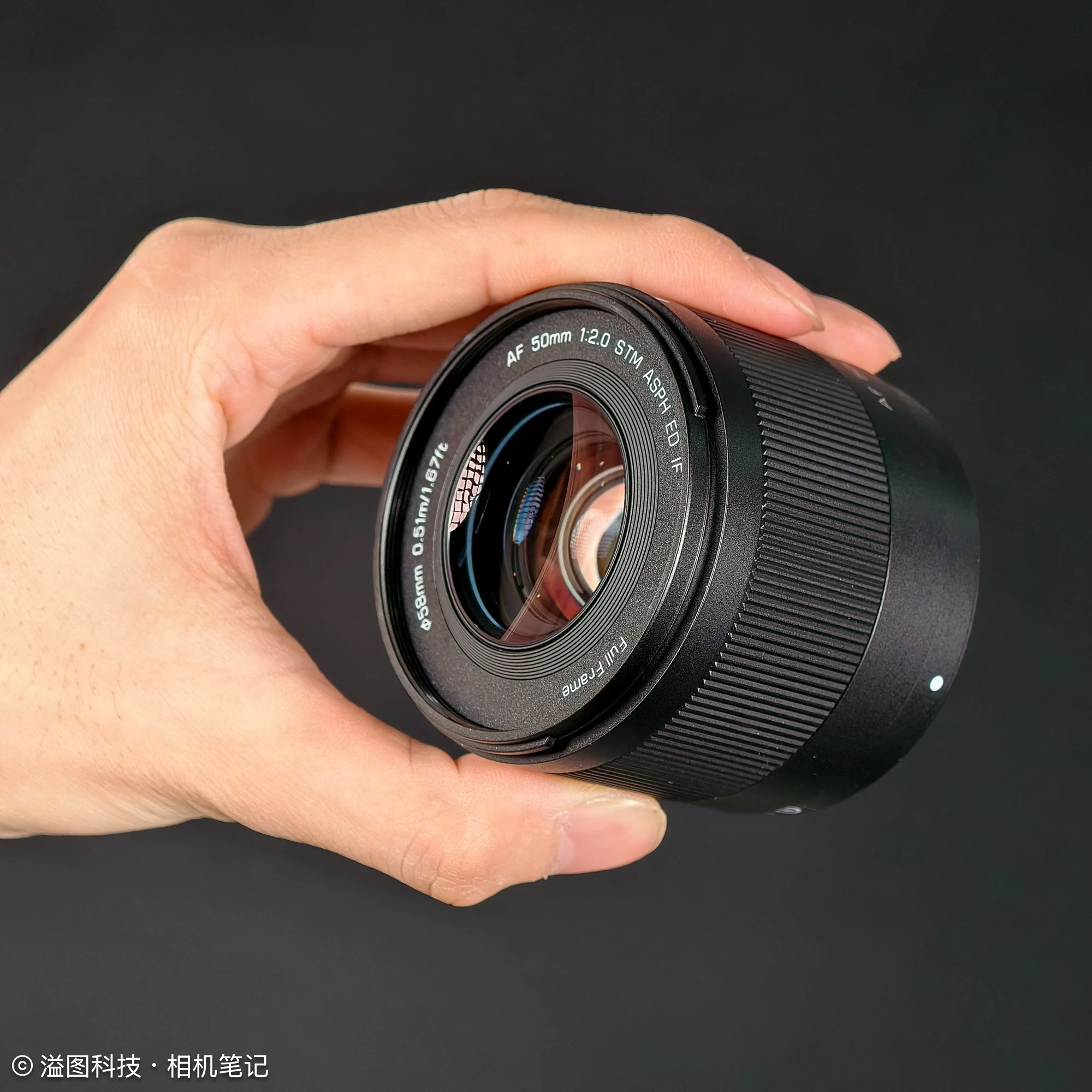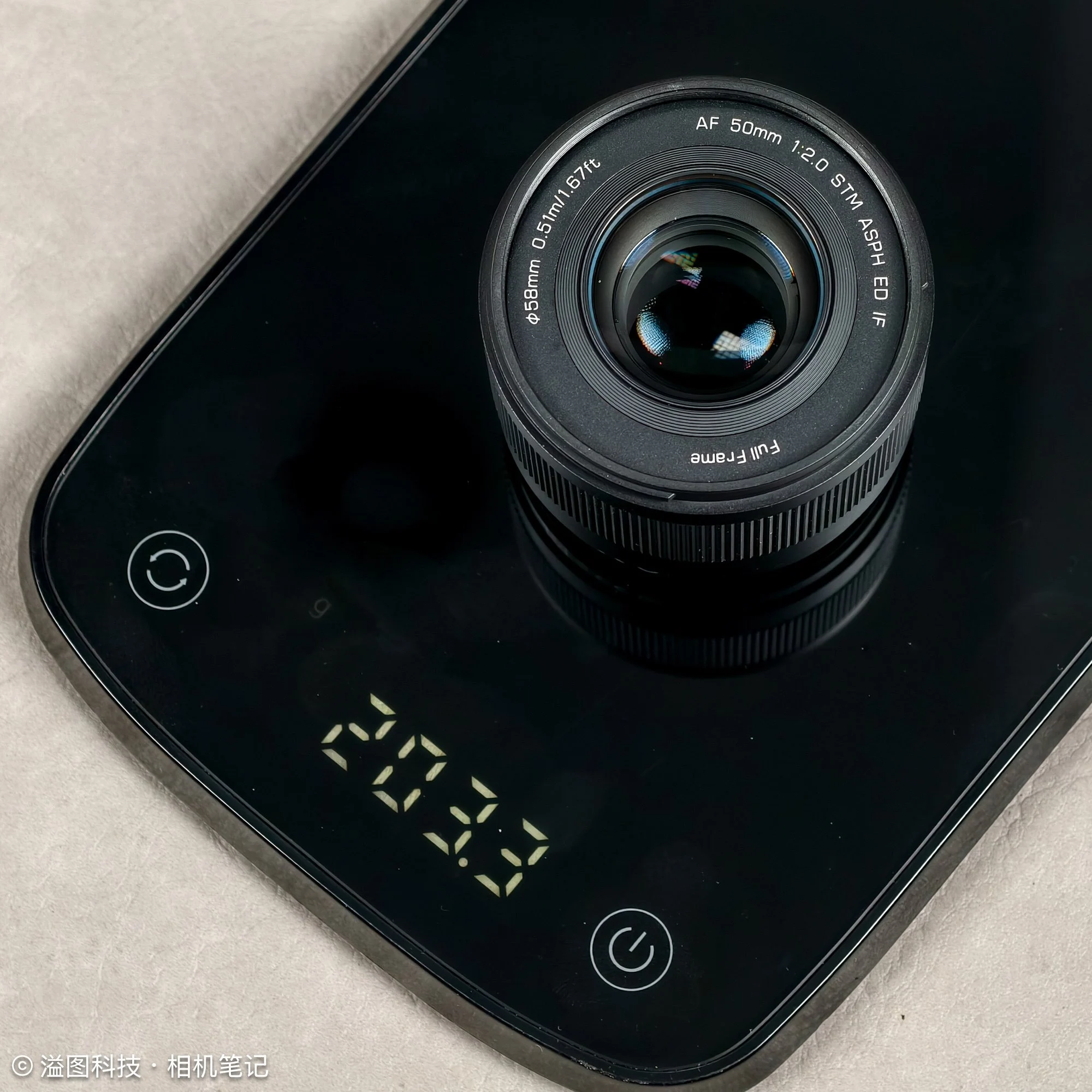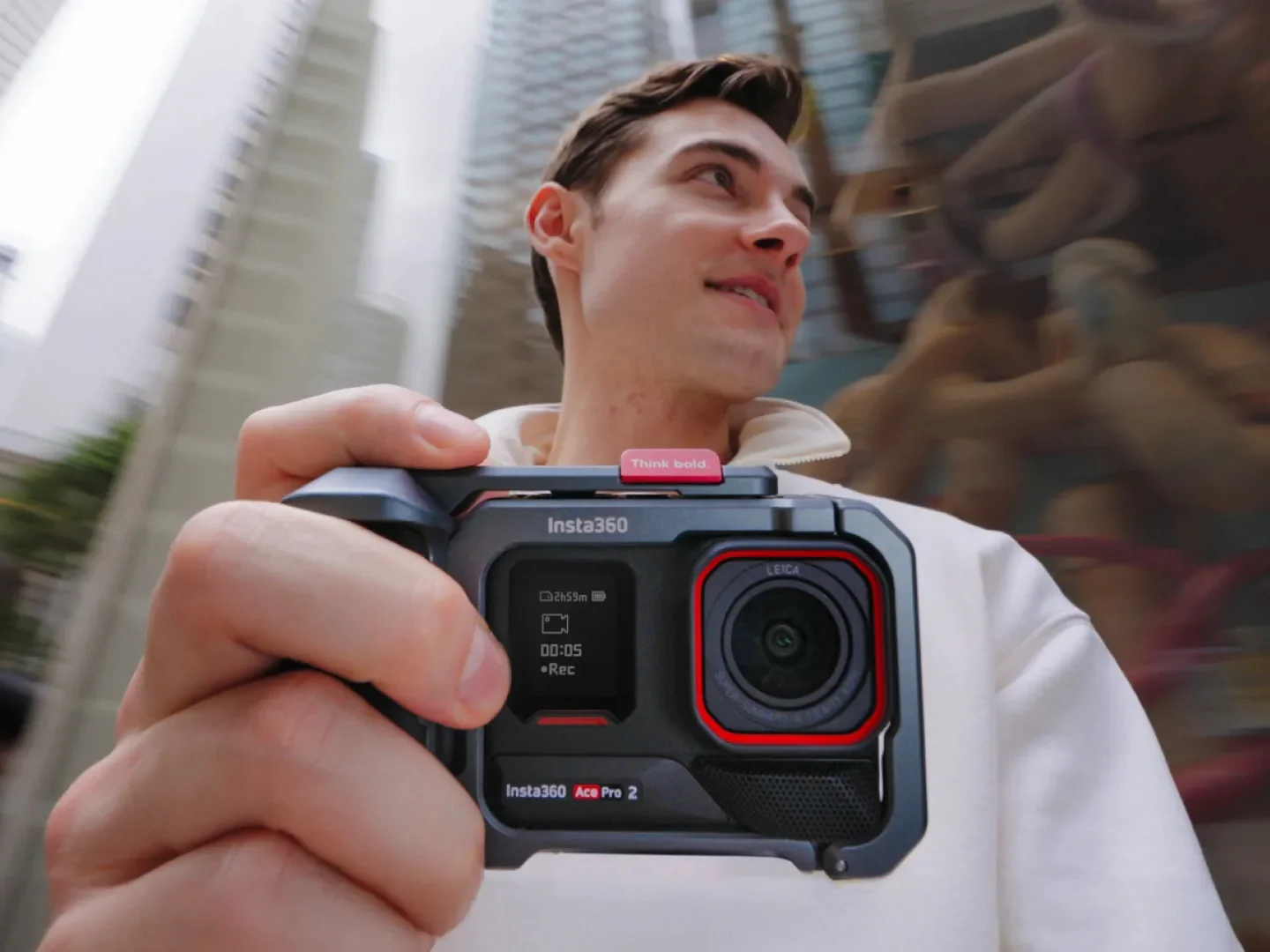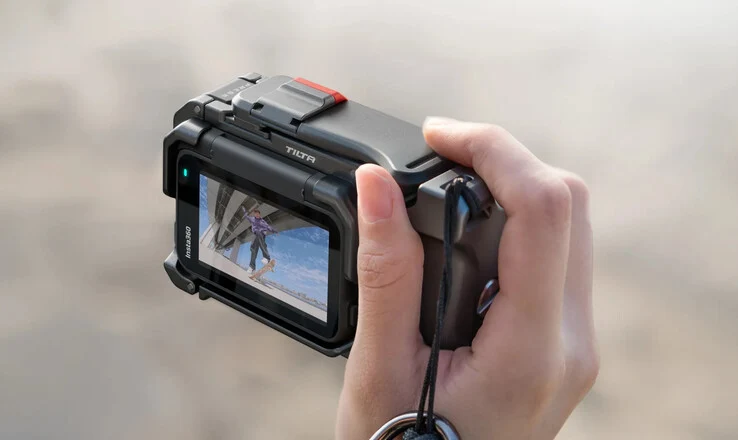Key Takeaways
1. Oppo has introduced a new imaging brand called Lumo, focused on enhancing mobile portrait photography.
2. The Lumo imaging system will debut with the Find X8 series, featuring advanced optical designs and computational technology.
3. Key features of the Lumo system include ultra-sensitive optical systems, Danyan original color lenses, and ProXDR technology for accurate color representation.
4. The Find X8 Ultra will be the first device to showcase Lumo’s capabilities, particularly for night portrait photography.
5. Early sample photos suggest the Find X8 Ultra excels in low-light conditions, providing natural skin tones and lifelike portraits.
Oppo has made a big announcement about its new imaging brand, Lumo. The brand will be introduced at the “Oppo 2025 Imaging Technology Night” event, happening on April 2nd at 7:30 PM (local time). Lumo aims to transform mobile photography, focusing on portrait images by using advanced optical designs and computational technology. Liu Zuohu, the Chief Product Officer of Oppo, shared information online, emphasizing that Lumo is created specifically for portrait photography and seeks to provide the best mobile imaging system for depicting individuals.
The Lumo Imaging System Unveiled
The launch of the Lumo imaging system is an important step in Oppo’s journey in mobile imaging. This new technology will be featured in the upcoming Find X8 series, which will include Lumo’s remarkable features, such as a new ultra-sensitive optical system, Danyan original color lenses, and the cutting-edge ProXDR technology for precise color representation. Although not all technical information about Lumo has been revealed yet, it will blend optical hardware with computational photography to usher in a new phase in mobile imaging.
Details to Be Revealed on April 2
The first device to showcase the Lumo imaging system will be Oppo’s latest Find X8 Ultra model, highlighting its capabilities for night portraits. This device uses a Danyan original color lens that collaborates with a pioneering zone-specific color temperature sensing technology. This ensures that skin tones appear natural, even in low-light or complicated lighting situations.
Early sample photos shared by Oppo indicate that the Find X8 Ultra performs outstandingly in tough night conditions, delivering accurate and lifelike portraits, especially in challenging lighting. This has led to its recognition as a “nighttime portrait photography marvel.”
Note: This announcement was made on April 1st, so be careful, as companies often release playful or misleading news on April Fools’ Day.







